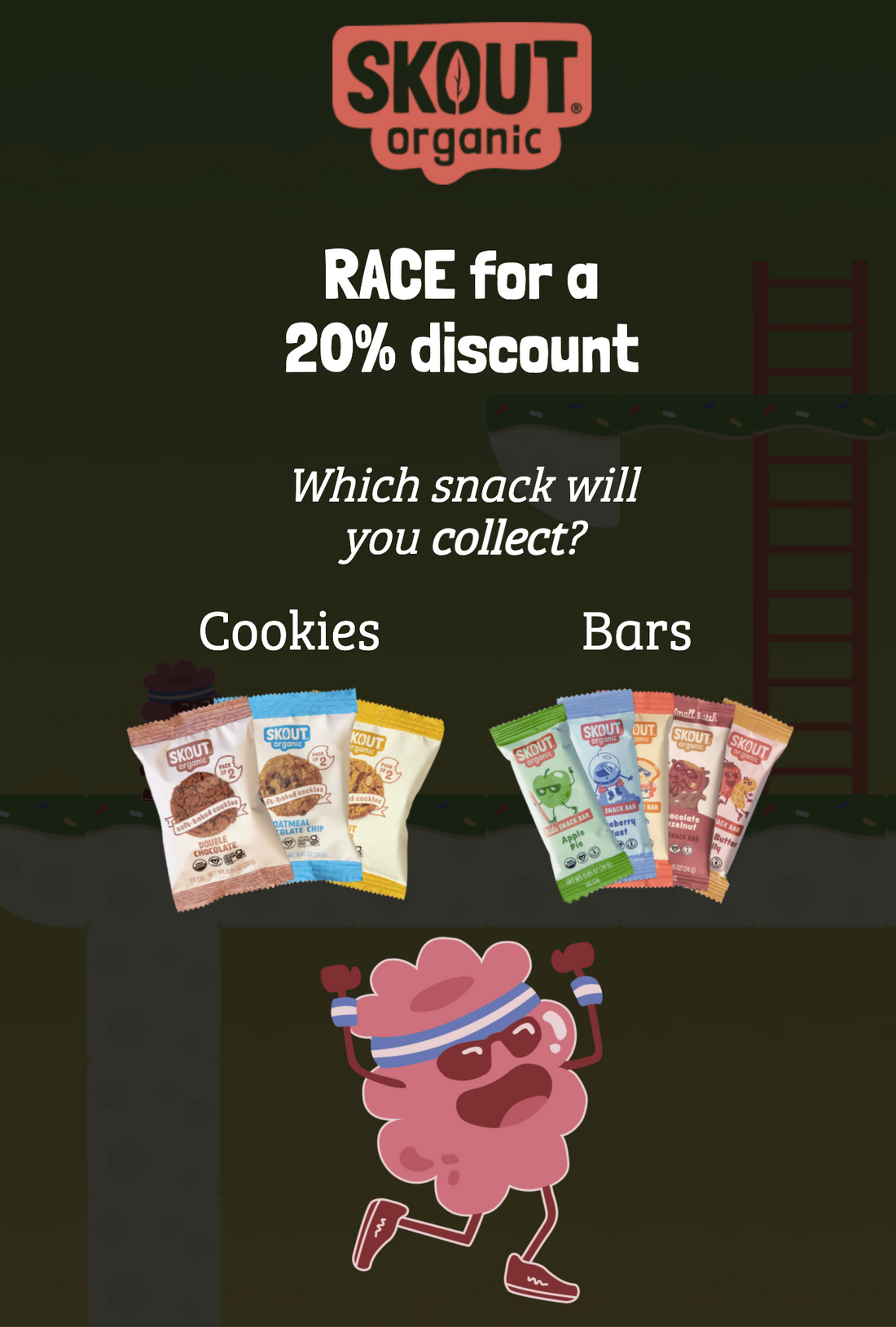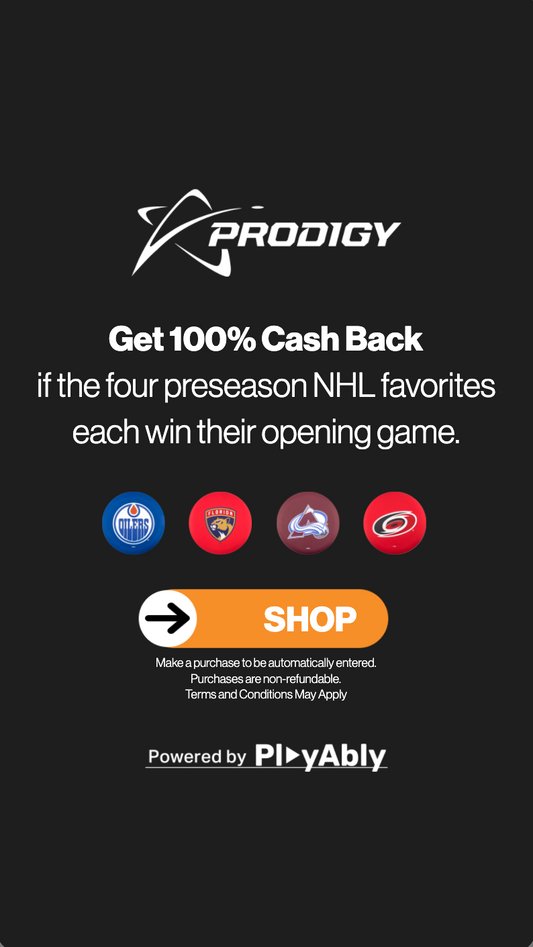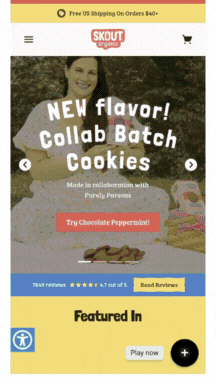What Is a Shopper Engagement Engine?
Vintage Cars Customizable Game
Creating Customer Journeys Experiences in eCommerce with Gamification
Download The Guide
A Shopper Engagement Engine is the system powering the way brands attract, interact with, and learn from their customers in real time. Unlike traditional tools that rely on static interactions—think pop-ups or email forms—an engagement engine dynamically responds to how a shopper behaves. It transforms passive visits into active experiences.
Whether you call it a Customer Engagement Engine, Audience Engagement Engine, or Buyer Engagement Engine, the goal is the same: build better, more personalized interactions that turn browsers into buyers—and buyers into loyal fans.
Vintage Cars Customizable Game
Gamification and conversion optimization go hand in hand. While gamification keeps users engaged, conversion optimization ensures that engagement leads to action—whether that’s making a purchase.
Download The GuideWhy Engagement Engines Are Replacing Static Tools
Modern e-commerce is crowded. Most websites look the same. Most product pages function the same. And most traditional “engagement” tools (like exit-intent popups or email capture bars) are ignored the same way—instantly.
A Shopper Engagement Engine breaks that pattern. It introduces interactive, gamified touchpoints based on user behavior and intent. Think quizzes that reveal product matches, swipeable finders, or real-time challenges that offer earned incentives. These aren’t gimmicks—they’re data-rich moments that build understanding and trust.
That’s why brands using systems like PlayAbly are outperforming competitors who rely solely on transactional touchpoints. A well-designed engine doesn’t just respond to the user—it learns from them.
Built for Every Part of the Funnel
The best Audience Engagement Engines aren’t limited to a single page or step in the customer journey. They show up wherever attention is hardest to earn and most valuable to hold: in paid ads, on landing pages, in email campaigns, and across social channels.
Because these experiences are powered by behavioral data and feedback loops, they improve over time. Unlike static content, an Engagement Engine gets smarter, more personalized, and more effective the longer it runs. That means brands can optimize for top-of-funnel engagement and bottom-of-funnel conversion—without compromise.
The Psychology Behind Buyer Engagement
Calling it a Buyer Engagement Engine highlights a key point: the purpose isn’t just entertainment. It’s alignment. These tools tap into the psychology of decision-making—curiosity, accomplishment, reciprocity, and control. When a shopper feels like an active participant in their journey, they’re more likely to convert and return.
Instead of asking “How do we sell harder?” brands should be asking, “How do we make our experience feel more like play?” Because that’s what modern commerce is trending toward: interactive, rewarding, self-directed moments that earn time, trust, and action.



